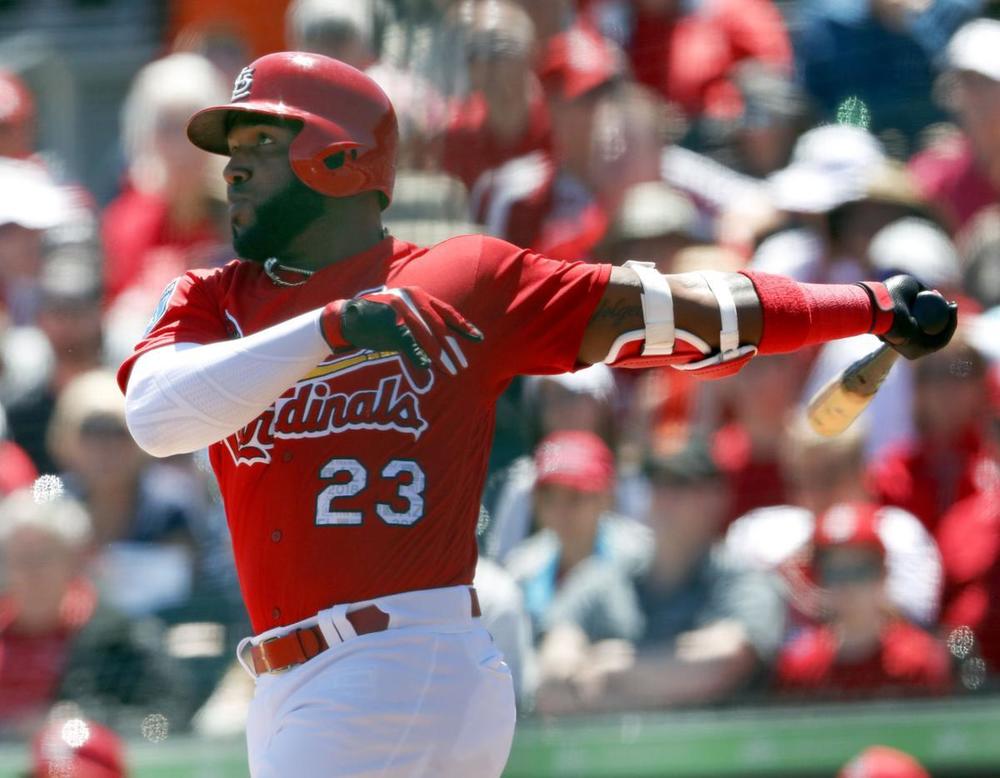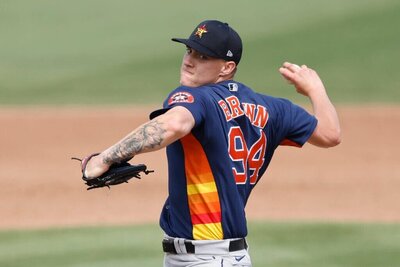Joe Ross, SP (WAS)
Ross limited the damage but was extremely inefficient, thereby losing an opportunity to pick up a win against the Cubs. In 4.1 innings, Ross only allowed two runs but gave up six hits and four walks. After throwing back-to-back quality starts in early August, Ross hasn't completed five innings in either of his last two outings, although last Monday's shortened outing was due to a minor leg injury. Perhaps the contusion he suffered from a comebacker on Monday caused some ineffectiveness on Saturday. Either way, he has produced solid yet unsupported numbers since being recalled from AAA on July 21. He has an xFIP near 5.00 since his promotion and his double-digit walk rate is going to show up in his surface stats eventually. Plus, a 7.4% HR/FB rate is way down from his career numbers. His early season struggles were partly a result of bad luck, but his recent success is boosted by good luck. All in all, Ross is best left off your streaming list.
Jeff McNeil, OF (NYM)
After getting activated from the 10-day IL earlier in the day, McNeil did not start but he did get a couple at bats, picking up a double and a single in the process. One of the most interesting profiles in analytics, McNeil has produced enough that it's fair to accept the player he is right now. That doesn't mean he can't change, but he is an elite hitter with some budding pop. One fascinating aspect of his season is how he is clearly selling out more for power. The 56-point increase in ISO from 2018 to 2019 is related to a high line drive rate and hard hit rate. At the same time, that comes with a reduced contact rate and chase rate, but what McNeil is doing is chasing and swinging hard early in the count (his swinging strike rate is up three percentage points from last year), but shortening up and putting the ball in play when he gets two strikes. That's why his high swinging strike rate isn't resulting in a large number of strikeouts. It's a smart, skilled offensive approach that will lead to a massive jump in ADP next year.
Marcell Ozuna, OF (STL)
Ozuna reached base three times with two RBIs in St. Louis' 6-0 win over Colorado. Ozuna's numbers don't look a whole lot different than last year, but make no mistake about it: he is having a significantly better season in his second season with the Cardinals. Ozuna increased his hard hit rate each of the last five seasons and yet his BABIP is the lowest of his career. While some of that is because of a higher flyball rate, he also has a higher line drive rate and hard-hit line drives have a good shot of resulting in a base hit. Ozuna is a statcast darling, ranking in the top-10 in barrels and average exit velocity, but he is only sitting at 24 home runs with a .269 batting average. His peripheral numbers suggest more success. He's walking more, creating way more power (his .252 ISO is the highest of his career) and even stealing bases. The inconsistency of Ozuna's career will scare some fantasy owners off. They will think his mediocre production this year lowers his floor. Take advantage of those owners in 2020 and invest in Marcell Ozuna.
Chase Anderson, SP (MIL)
Baseball is a funny sport. A week after giving up 10 runs in 2.1 innings at Washington, Anderson pitched five scoreless innings with five strikeouts at home against Arizona. If you take out that one horrific performance on the road, Anderson's home/road splits are fairly negligible, but what is not negligible is Anderson's lefty/righty reverse splits. Righties are posting a 47% hard hit rate while lefties are only at 28.6%. Righties are slashing .298/.376/.550 while lefties are slashing .178/.246/.330. These are numbers to exploit in DFS. Anderson's next start is on the road in Chicago (see: Bryant, Kris and Castellanos, Nicholas).
Manuel Margot, OF (SD)
Margot was quiet in Saturday's loss to Boston. He was hitless with a strikeout in four plate appearances, continuing another lackluster season for the former top prospect. In each of the last two seasons, Margot's BABIP is quite low. Last year it was .281 and this year it's currently .277. That seems extremely low for a player with elite speed like Margot. However, Margot has a 41% flyball rate, which does not benefit the type of player he is. Furthermore, of those flyballs nearly 20% of the them are infield pop-ups. That is the fourth highest percentage in all of baseball. Infield flies are the worst outcome for a batted ball so that is part of the explanation for Margot's weak BABIP. There's not necessarily a quick solution for that, and there's no guarantee he can make adjustments to increase his BABIP. Thus you're stuck with a middling average combined with home run and stolen base totals in the teens.
This is just a small sample our daily analysis, join our member area for over 80 daily player updates sent to your inbox every morning and track your team online. Click here for details: http://www.insiderbaseball.



































